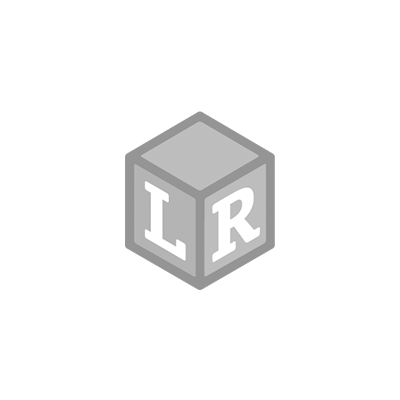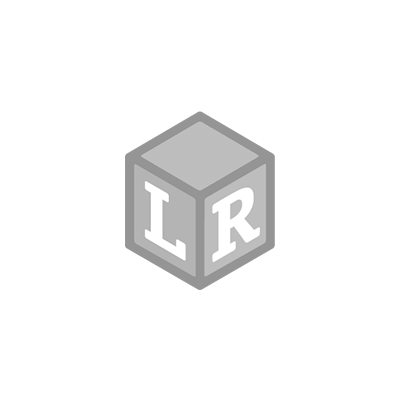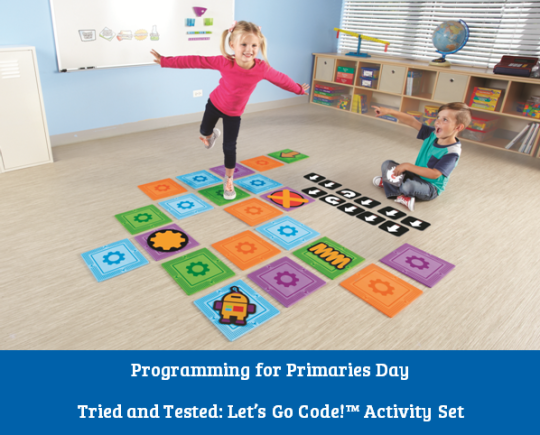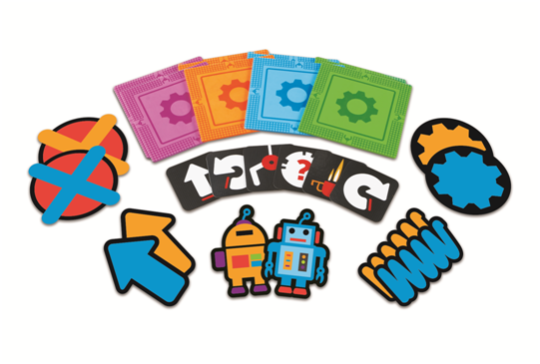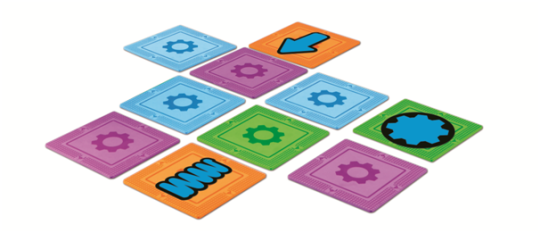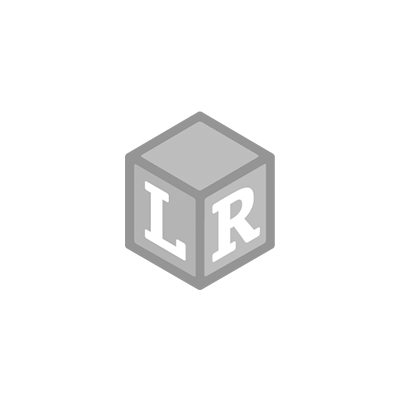
Learn to Code for Kids
- Learning Resources Posted On May 23, 2022 | Coding
The modern world is built on technology, and coding for kids is a useful skill that will help today’s children thrive in tomorrow’s world. The UK’s national curriculum for computing incorporates the fundamentals of computer science and coding right from the beginning of a child’s primary school learning journey. However, children as young as age four can grasp early coding and computational concepts when introduced through play.
In a related blog post, we looked at ways young children benefit from learning to code. In it we explored how learning coding and programming encourages children to develop some of the skills they need to solve complex problems including sequential logic, critical thinking, as well as resilience and teamwork. In this post we look at how these concepts aren’t restricted to learning on a device, and how to bring coding to life in the real world for young children.
Check out other coding related content on our blog:
What is screen-free coding?
Screen-free coding for kids is any activity that helps children learn and build coding and programming skills without using a digital device. Whether a child is primarily a visual, auditory, or kinaesthetic learner, screen-free coding activities such as active games, board games, or coding robot toys, bring the concepts to life in a multisensory way. This makes learning coding and programming more accessible to children with a wide range of interests and learning styles.
Children learn best by doing and taking coding and programming activities off a screen and into real life, allows children to experience these concepts in meaningful ways, and helps them develop deeper, more meaningful connections to the concepts they learn.
Coding for preschoolers – basic concepts they can understand:
The concepts children encounter when doing unplugged coding activities for preschoolers can be explained using everyday examples.
- Decomposition: This is the process of breaking down a complex task into smaller, more manageable tasks and is a universally beneficial life skill, especially when it comes to problem-solving. There are so many ways to show decomposition in everyday life. The next time your child brushes their teeth, get them to think about each step in the process. First, we get the toothbrush, then we put on the toothpaste, then we begin brushing the teeth at the back, and so on.
- Sequential logic: Sequencing is part of all our lives and is a foundational skill in both reading and scientific inquiry. While being an important concept in programming, sequencing leads to success in so many daily activities and allows us to make logical sense of the world. Sequencing simply means putting a task in a certain order. Story-telling is an ideal example of a sequence-driven task. All engaging stories have a beginning, middle, and end. Read our tips on storytelling with your child to help you get started on this fun activity.
- Algorithms: An algorithm is a sequence of well-defined rules to follow to achieve a desired outcome. Explained this way, even a recipe for baking a cake is an algorithm! A great example of a screen-free algorithm in everyday life that children can all relate to is a getting ready for bed. After getting out of bath, what item of clothing do they need to put on first? A child wouldn’t put on underwear after putting on pyjamas, right? What comes after putting on pyjamas? Teeth cleaning, then story time, then sleep time.
- Debugging: Even for the most experienced of programmers, things don’t aways go according to plan. Debugging involves running code step-by-step to figure out where the error (exception) came in. First, it’s important to know what the code was expected to do, and what happened instead. Once again, this is a universally valuable skill that will benefit your preschooler across a number of areas, and it an important step in building problem-solving skills. Has your child misplaced their favourite toy at home? Every time you encourage your child to retrace their steps to look for it, you’re teaching them how to debug.
Screen-free coding for preschoolers
Children have enormous ability to learn new and complex concepts when introduced through play. Incorporating an array of activities, games, and toys into screen-free coding for preschoolers offers young children multiple ways to engage with the concepts while having fun.
When incorporating coding into play ensure there’s a mix of guided play and free play activities as both approaches are important. Guided play-based learning is how knowledge is transferred. However, free play where children have the autonomy and freedom to explore the concepts on their own terms while having fun improves information processing and long-term memory storage.
Start with coding toys for preschoolers
Games and coding toys for preschoolers are a fun way to get children excited about coding through play by engaging their imaginations and giving children something that they find great joy and fulfilment in.
Wondering what the right coding toy is for your child’s age and stage? We’ve put together a helpful guide to our best coding toys for 4 year olds and up which includes games, and resources. This will help you find the most appealing way to engage your child in building programming skills through fun play.
Coding for preschoolers worksheets - free printables
Learning Resources has a range of free coding printables for kids. Available on our activity sheets for kids page, these are free and downloads are unlimited. They’re ideal for use in the classroom or at home, and don’t require a toy or robot to engage with the concepts.
Learning Resources interactive coding robots and coding resources are the fun way to introduce coding and STEM learning. Shop our range of award-winning coding robot toys and games today.


